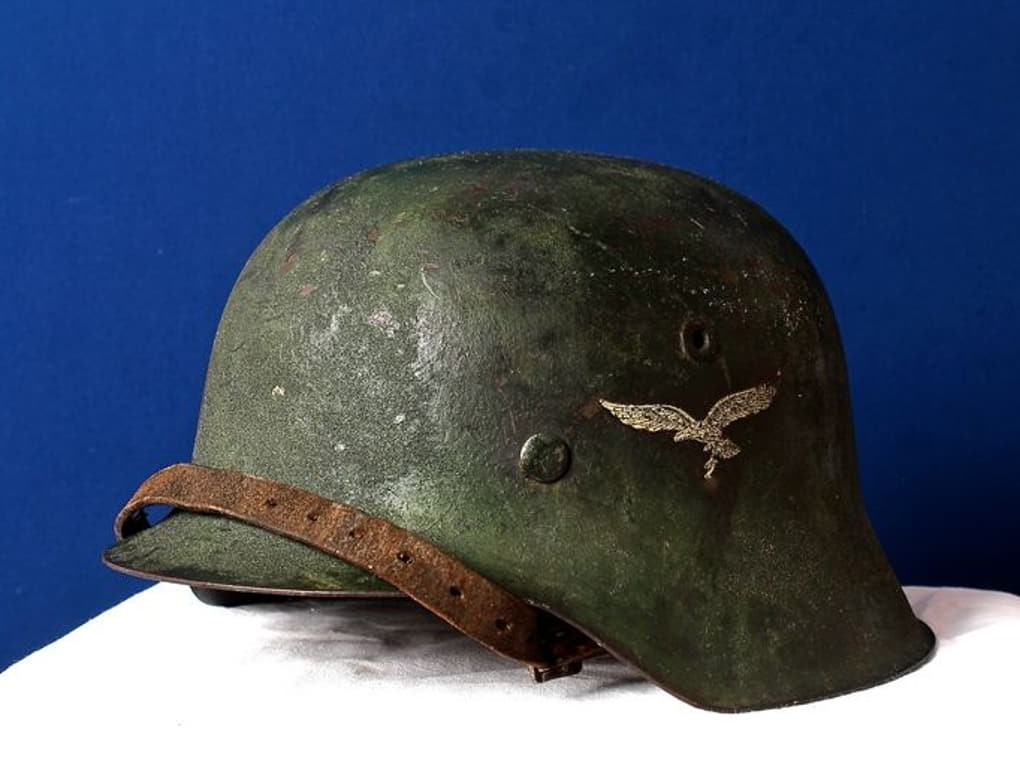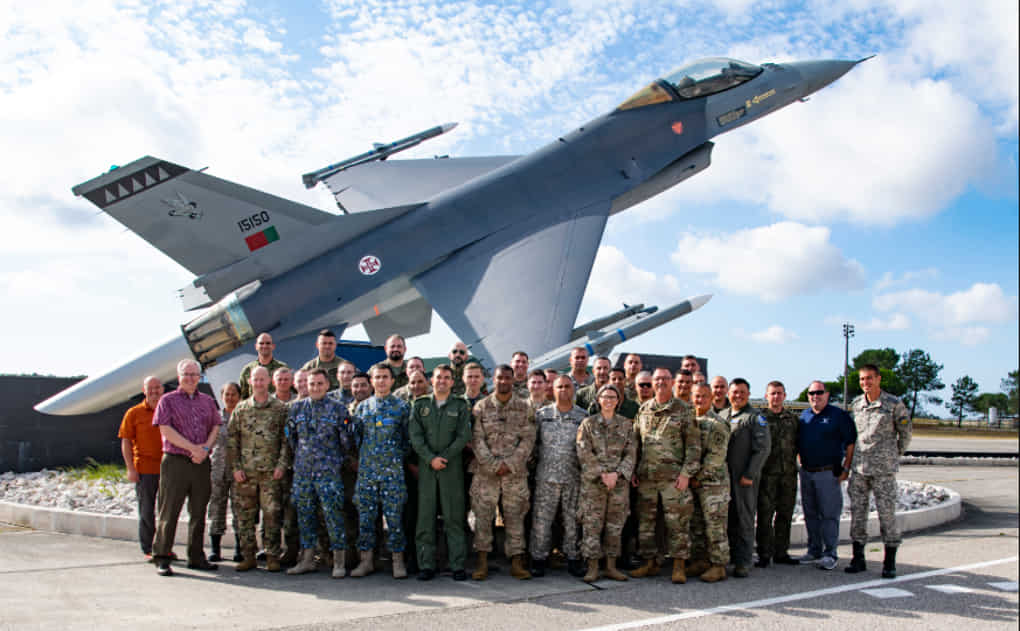Grumman AF Guardian: Carrierborne ASW (Anti-Submarine Warfare) Aircraft
The aircraft for today is the one that happens to be the first purpose-built ASW (Antisubmarine Warfare) carrier-borne aircraft that entered the service of the United States Navy. The name of this aircraft is Grumman AF Guardian. The aircraft was developed in two frames of the same make but with 2 different purposes; one for the detection gear while the other one was for the weapons.

The Grumman AF Guardian served the United States Navy until August of 1955 ad afterward was repealed by the new Grumman S-2 Tracker. The Grumman AF Guardian happened to be the largest single-piston engine-powered aircraft that was operated from an aircraft carrier to be in service of the US Navy.
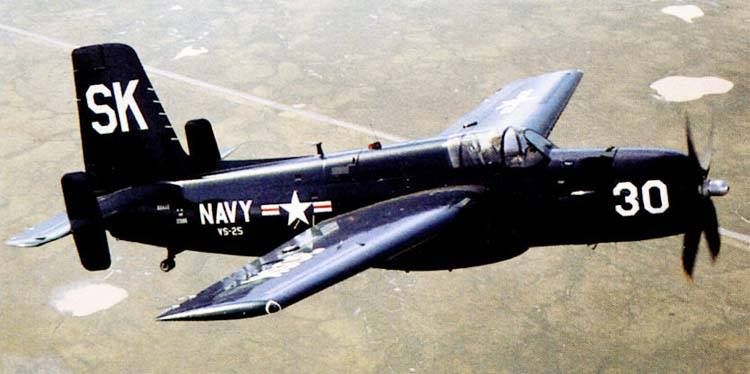
Origin:-
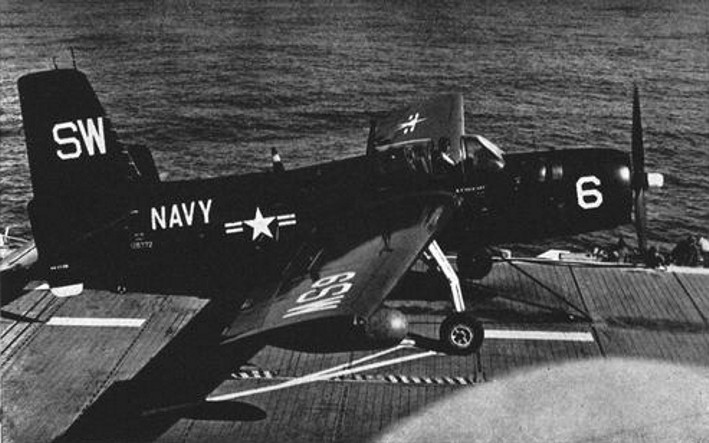
The design origin for the Grumman AF Guardian lies in the torpedo bomber aircraft design from World War II when the US Navy looked for an aircraft that could replace its previous fleet of the Carrierborne aircraft named Grumman TBF avenger. Initial work on the design started from way back in 1944 as the World War II was still in full blow with the US Navy making a requirement for an aircraft that was of large size and was also heavily armed and could be able to carry the bob weighing about 3600 lbs. in other minor requirements, this new aircraft was to have a reinforced undercarriage as well as folding wings and an arrestor hook.

Due to the new aircraft to be a carrier-based one, it needed to also have an improved range that its predecessor and the set range requirement by the US Navy was for about 3700 miles. The resulting aircraft design presented by Grumman was designated as XTB2F but it was soon scrapped because the design was too large for the US aircraft carrier at the time.
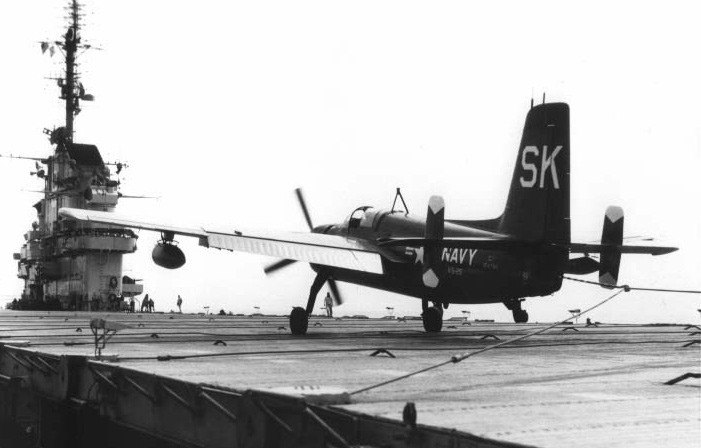
Following that Grumman moved on to a private venture making a company model named G-20. Engineers at Grumman agreed to equip the new aircraft with a hybrid powerplant; the radial piston engine in the front and a turbojet engine in the back. This hybrid powerplant was to give the aircraft the much-needed power for better carrier launches as well as time-to gain altitude fast. For this, the aircraft was fitted with the Pratt & Whitney Double Wasp series radial piston engine while the turbojet engine was of Westinghouse 19Xb series. The aircraft was developed to provide a cockpit for 2 crew members.
First Flight:-
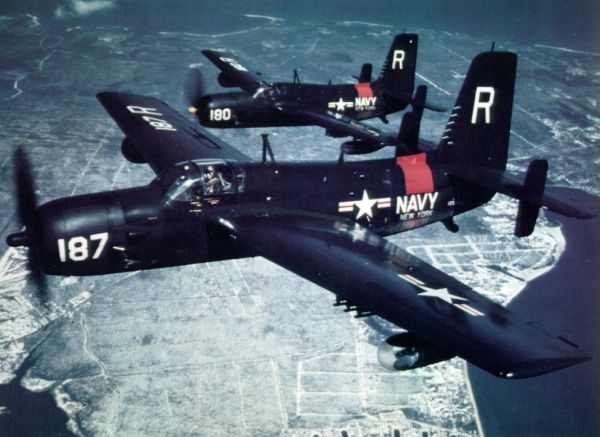
The Model G-20 was brought to the attention of the US Navy which then designated it as XTB3F but the hybrid engine configuration was dropped because of being too impractical. This led to the first flyable prototype redevelopment which was designated as XTB3F-1S. The first flight of the soon to become Grumman AF Guardian prototype occurred back on 19th December 1945. By this time World War II had already ended and the US navy also started to evolve for the post-war world.
2 models of the same make:-
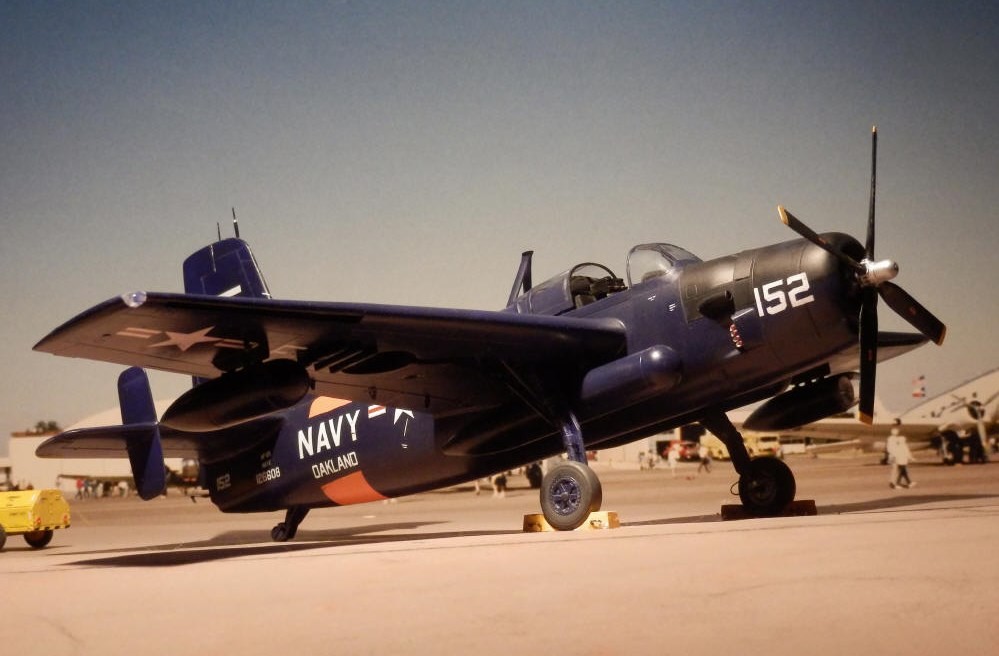
The Grumman AF Guardian was given the role of a carrier-based submarine-hunting aircraft. However, giving the aircraft the roles of a submarine haunter, it had to be remade as the current XTB3F design was not suitable for fitting the necessary technologies in the aircraft. This led to the Grumman developing tow models of the same make. One of these 2 models, which was not named, was fitted with Sensitive Equipment to serve the role of a Hunting aircraft while the other one was the armed aircraft that served the strike aircraft.
Nickname Guardian and entering the service:-

Both of these models after undergoing several tests and evaluation phases entered the service of the US Navy back on 20th September 1950 where they served only with the VS-24 Squadron. Both of these models were given the name Guardian during their service.
Powerplant:-
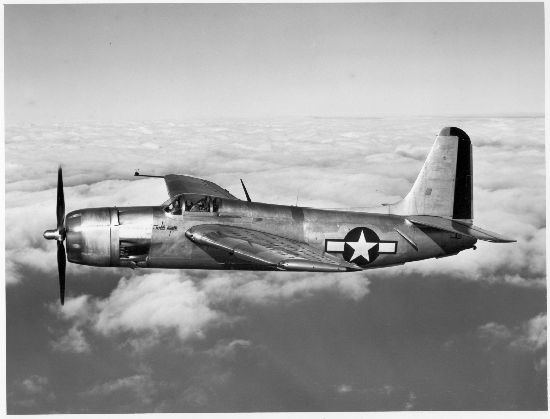
The Grumman AF Guardian was powered by a single Pratt & Whitney R-2800-48W Double Wasp radial piston engine that developed the power of 2400 HP. This much power allowed for the Grumman AF Guardian to be propelled at a speed of 317 mph max for a range of about 1510 miles. The aircraft could operate at a maximum altitude of about 15000 feet with the climbing rate being 1850 ft/min.
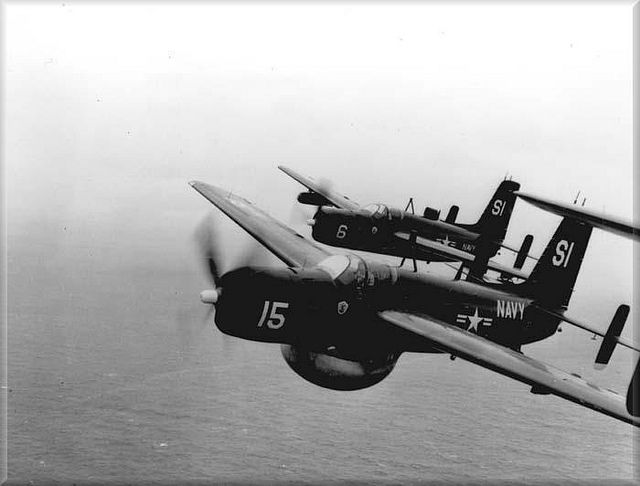
The Grumman AF Guardian was 43.3 feet in length with wingspan being 60.7 feet and the height being 16 feet. The Grumman AF Guardian holds the title for being the largest single-engine carrier-borne aircraft to be in service of the US navy.
Armaments:-
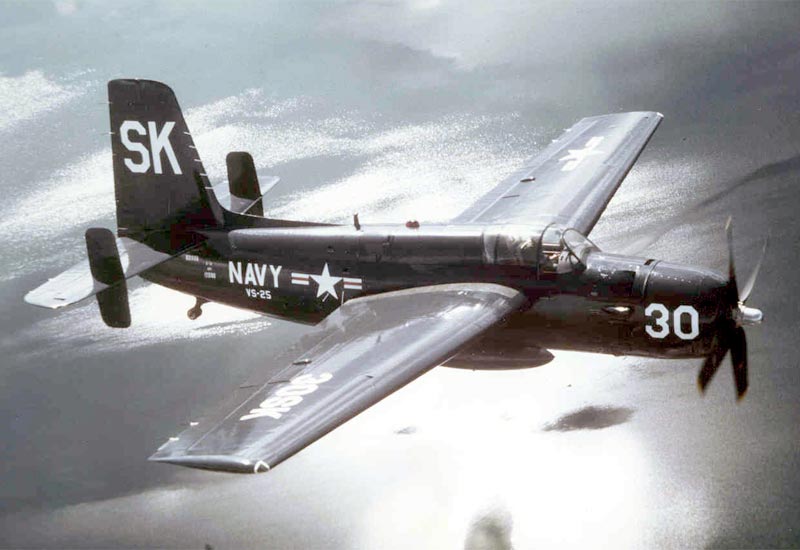
The Grumman AF Guardian was equipped to carry a load of nearly 4000 lbs of munitions which could be as follows.
- Air launched torpedoes
- Depth charges
- Drop bombs
Working in tandem with the submarine hunter model, the attack model of the Grumman AF Guardian would swoop in the attack mission to drop the lethal ordnance on the enemy submarines and shipping vessels. The Grumman AF Guardian was also given the additional firepower with the 16 of the High-Velocity Aircraft Rockets (HVAR) fitted under its wings.
Marred Korean War service:-

The main combat action that the Grumman AF Guardian saw was during the Korean War where the aircraft was used for the maritime patrol missions. The aircraft with its large size proved to be of clunky performance to be operated from the carriers. Coupling this inability to be a suitable carrier-borne aircraft, the aircraft was also marred with high rates of accidents that made it a disliking aircraft for US Navy pilots and the crew members that led to the aircraft have a short service life in US Navy.
Replacement & retirement:-
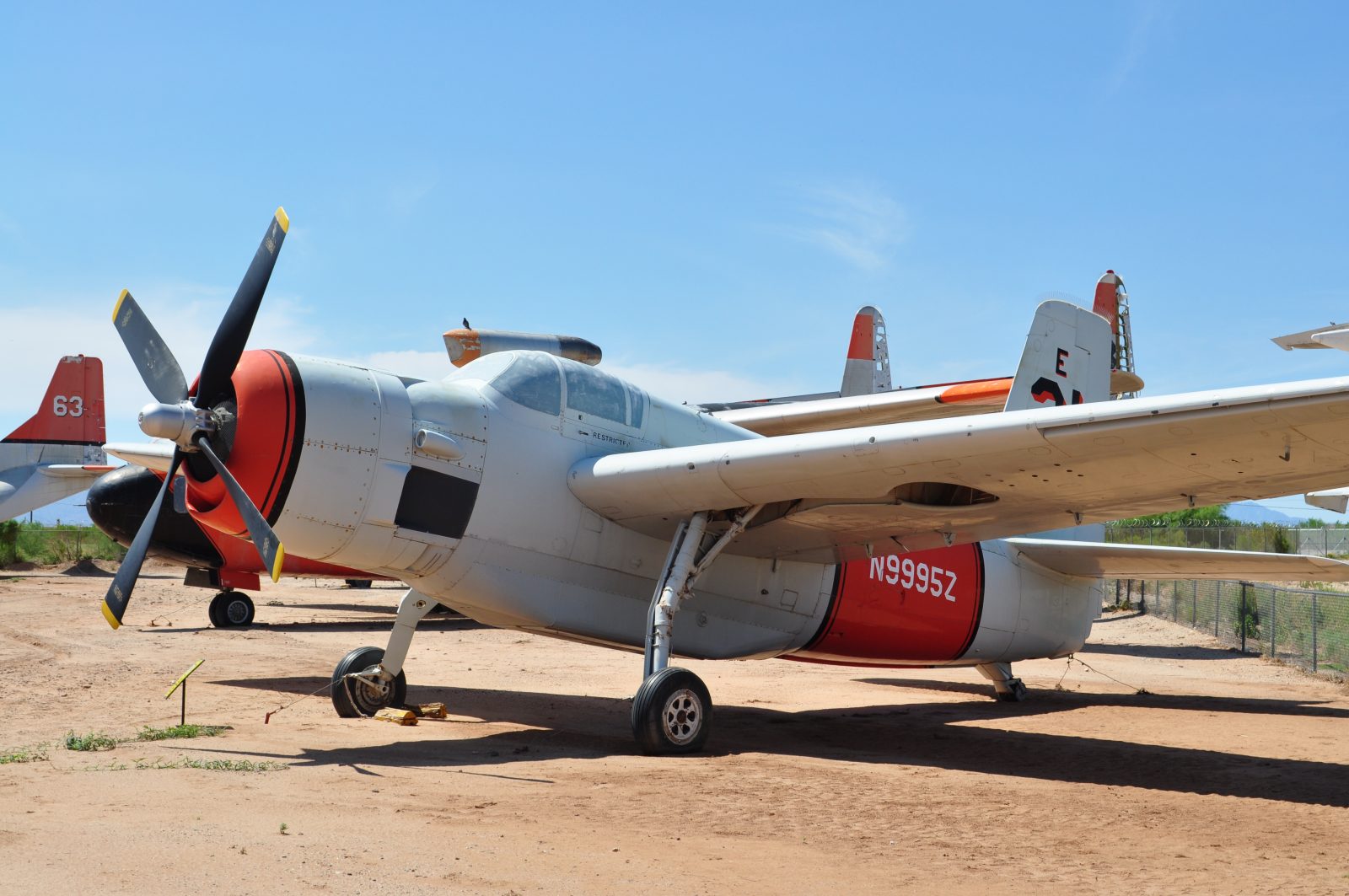
The very last of the Grumman AF Guardian aircraft were retired from the US Navy formally back in August of 1955. The aircraft that replaced the Grumman AF Guardian was also a product of the Grumman named Grumman S2F Tracker. Some of the Grumman AF Guardian aircraft still remained in reserve well until 1957 whereas the others managed to extend their aerial lives as the firefighting aircraft until the mid-1970s.
Related Content
Share this content:

